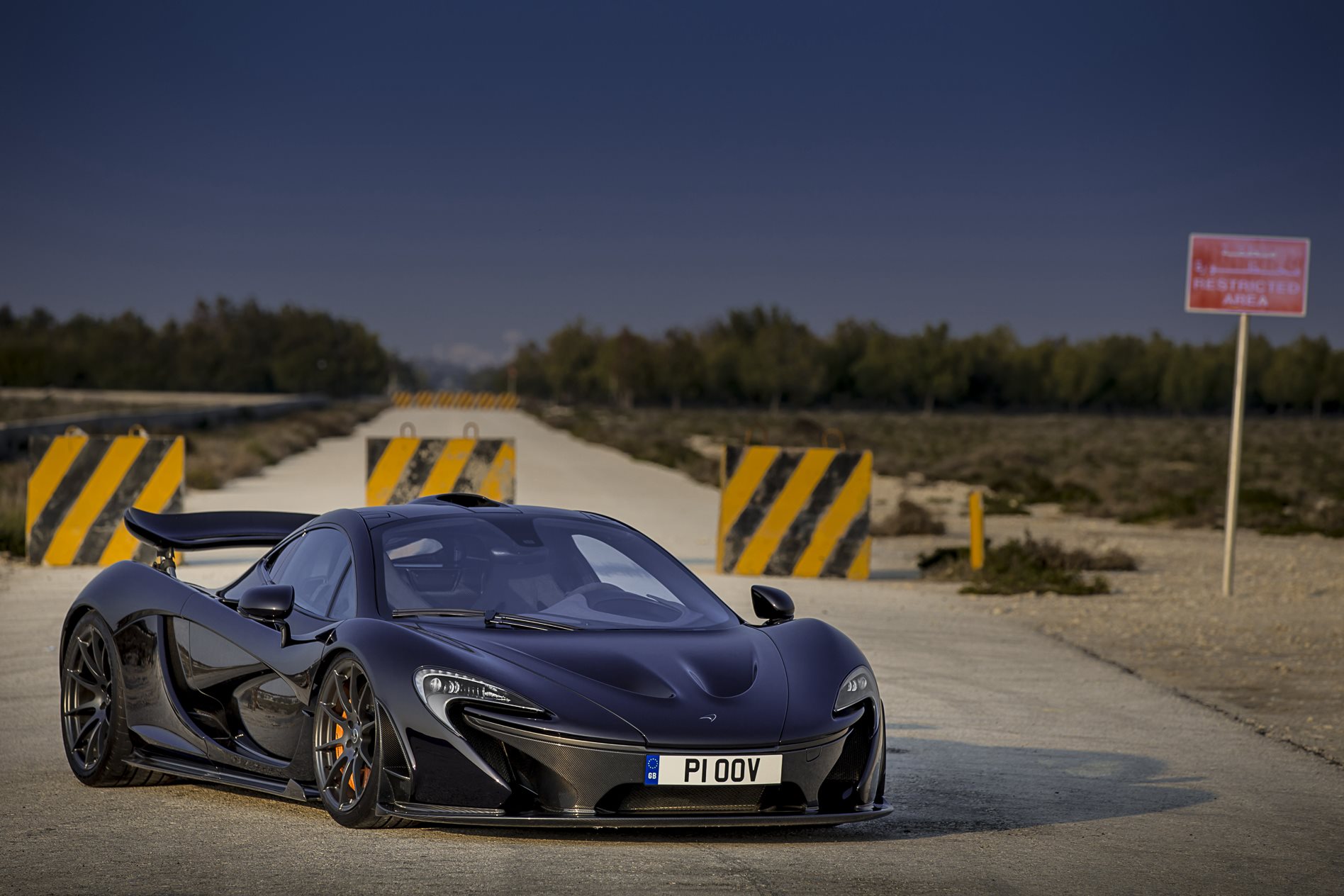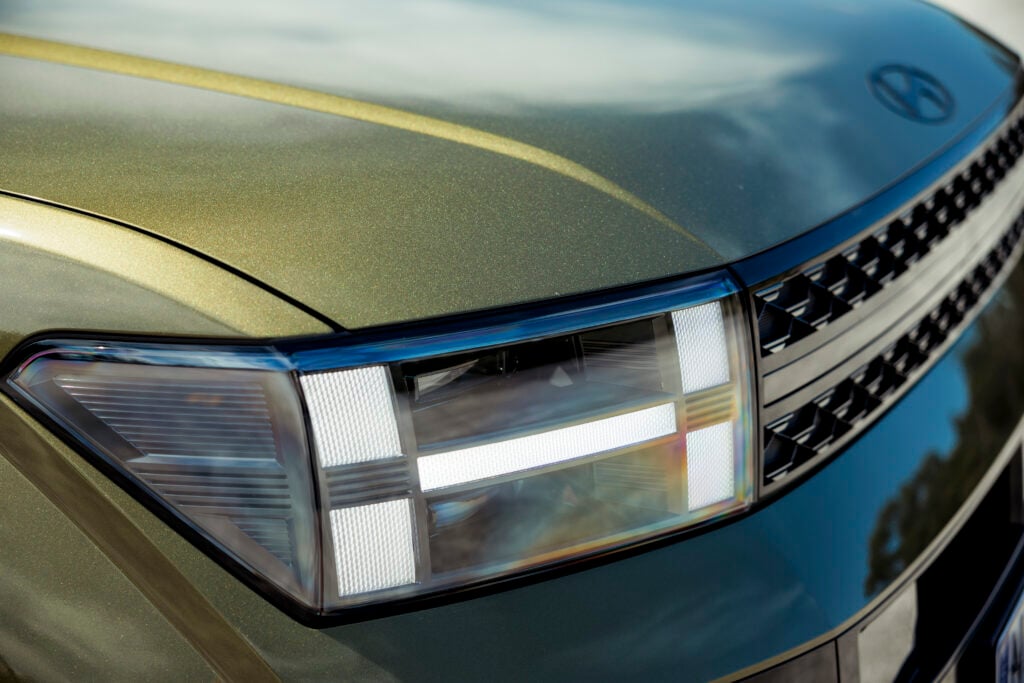I was recently told the tale of a McLaren designer who spent 10,000 British pounds on a fish. The story goes that while on holiday in the Caribbean, Frank Stephenson became so intrigued by the sailfish that he stopped off at a fishmonger in Miami on the way home, bought one on the company credit card, had it stuffed, and then sent it back to Woking.
“I’m sorry, but what a colossal waste of money,” said a friend when I told her the anecdote. “How ridiculous,” she concluded with an exaggerated eye roll.
Discounting for a moment that that fish inspired the McLaren P1, which is a design that only seems to be improving with age, it’s a reaction that sums up the sentiment that some people (actually, a lot of people) have towards car design.
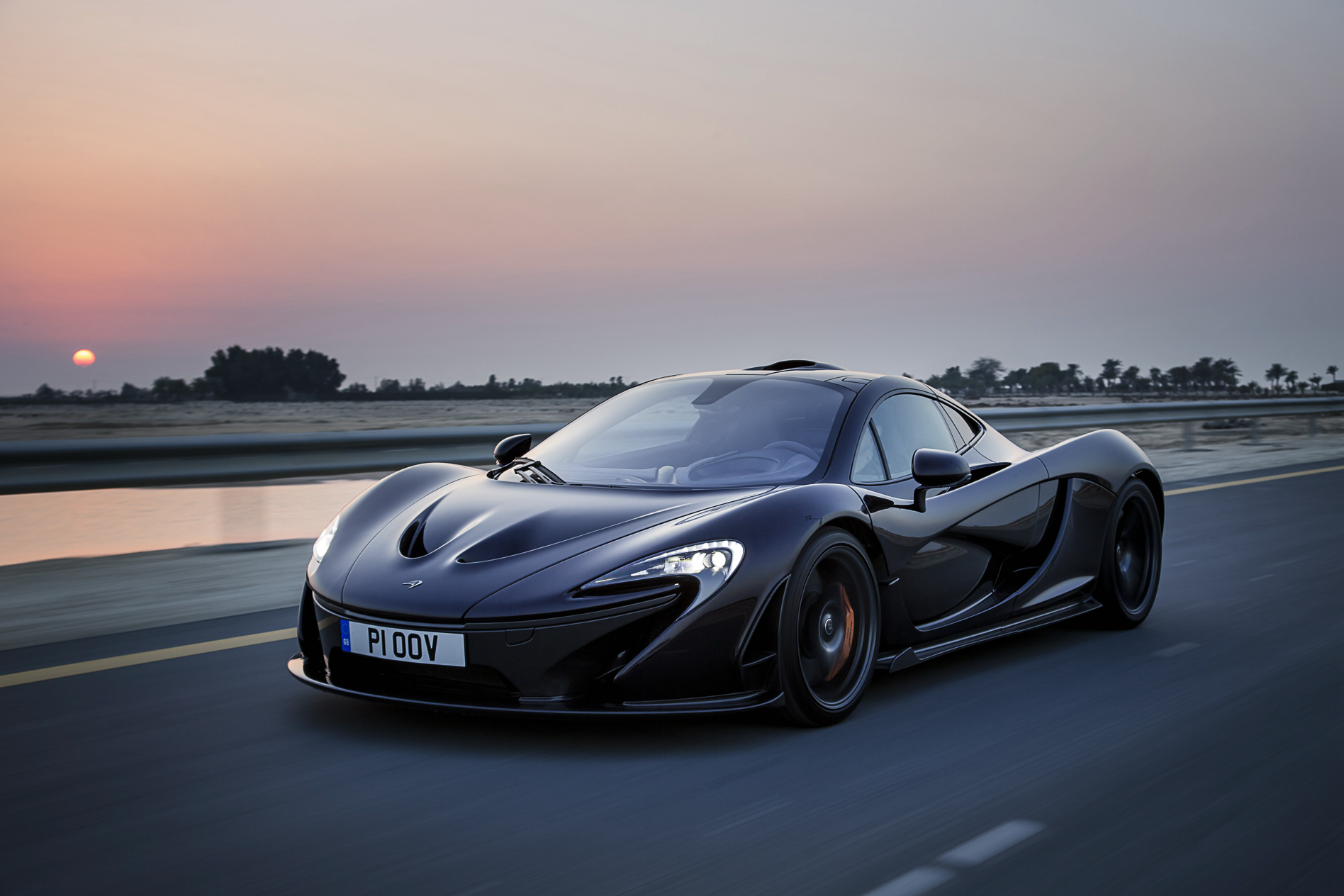
You see, it’s easy to get sniffy about car design. Not because it isn’t important – even the most ignorant car buyer has an innate appreciation for good and bad design – but because it’s a concept that can be difficult to pin down.
Unlike the more literal and tangible disciplines of engineering and manufacturing, the world of design is more esoteric. It’s harder to grasp, and harder to measure. You can’t quantify a design’s success in kilowatts or kilograms saved, but instead have to make do with metrics that are subjective and open to interpretation.
“There’s no right or wrong when it comes to car design,” says Richard Ferlazzo, Holden’s long-standing design head and the man who gave us Efijy. “There’s just good and bad execution.”
While we can all broadly agree on whether a car is attractive or not, that doesn’t override the possibility that one man’s PT Cruiser Convertible can be another man’s Jaguar E-Type.
Point is, what constitutes a good-looking car is very personal, which is why the automotive media tends to tread very carefully when it comes to car design. Some choose not to tread at all, which is odd, given research tells us that how a car looks is still the number-one reason for purchase.
Things are different here at Wheels. We’ve long placed a greater focus on car design than most (we even fostered it for years with our Young Designer award), and this month we’ve doubled down to produce our very first ‘Design issue’.
It’s a magazine that strives to shed new light on the rapidly changing world of design, and to explain why you should care about it now more than ever.
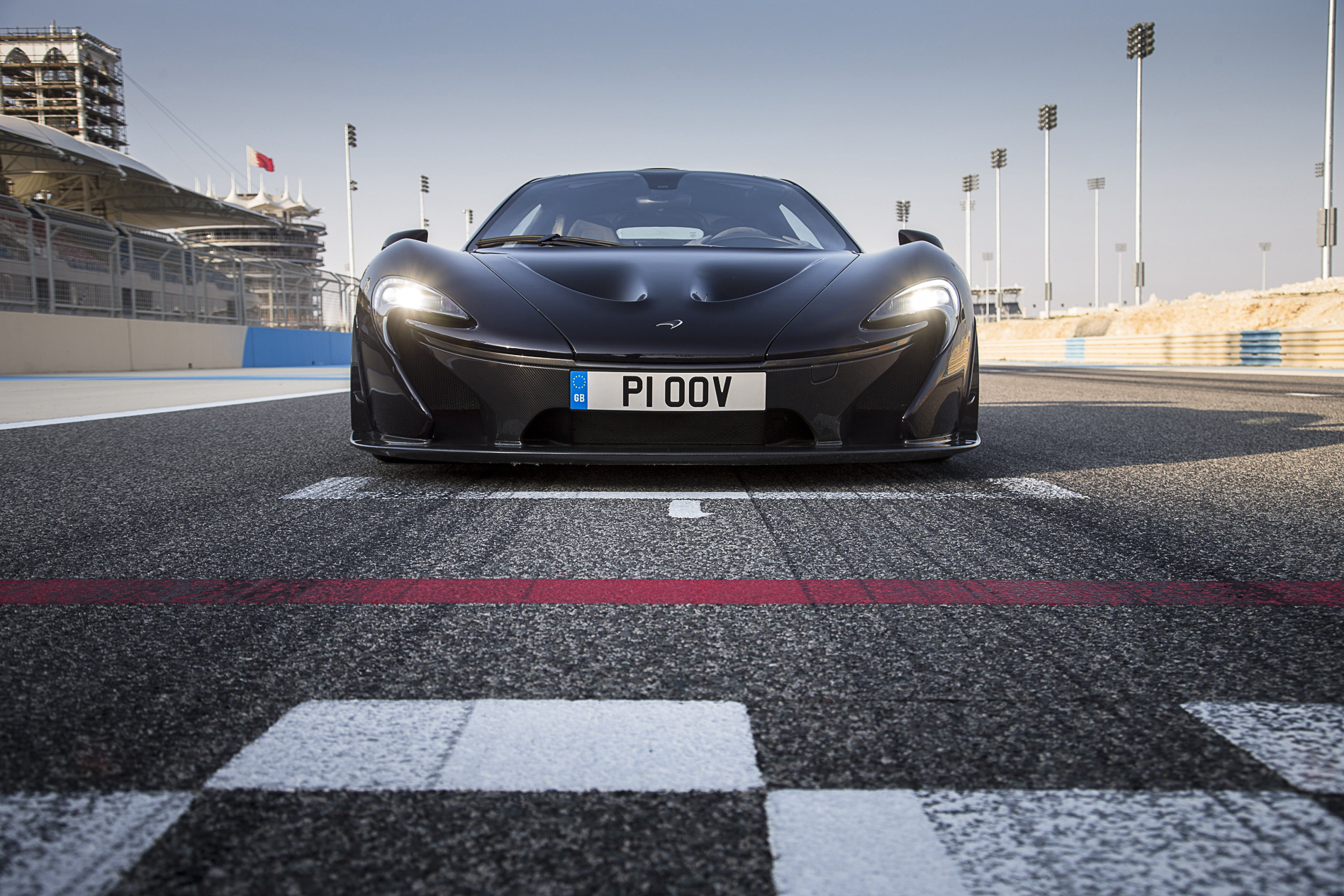
To help with that, we turned to one of the industry’s seminal designers. Ian Callum’s contribution to this issue as Guest Editor has brought a multitude of insights and a welcome dose of honesty and authenticity.
Now free from the corporate restraints of Jaguar – the company he helped transform over a period of 20 years – Callum hasn’t minced his words, or shied away from his belief that a designer’s role is now more important than ever.
Consider the move to (and opportunity offered by) EVs, the disruptive influence of Tesla, and the advent of fresh manufacturing techniques, and you’ll appreciate he has a point. In fact, it isn’t a stretch to say we’re at something of a design crossroads; that the future of how our cars will look for the next 50 years is being decided, on the fly, right now.
And excitingly for us, it’s clear no-one has the answer. Audi has gone crease mad, the Koreans are emerging as genuine players, and BMW… well, if McLaren used a fish for inspiration, what’s driving this ill-conceived exaggeration of the kidney grille?
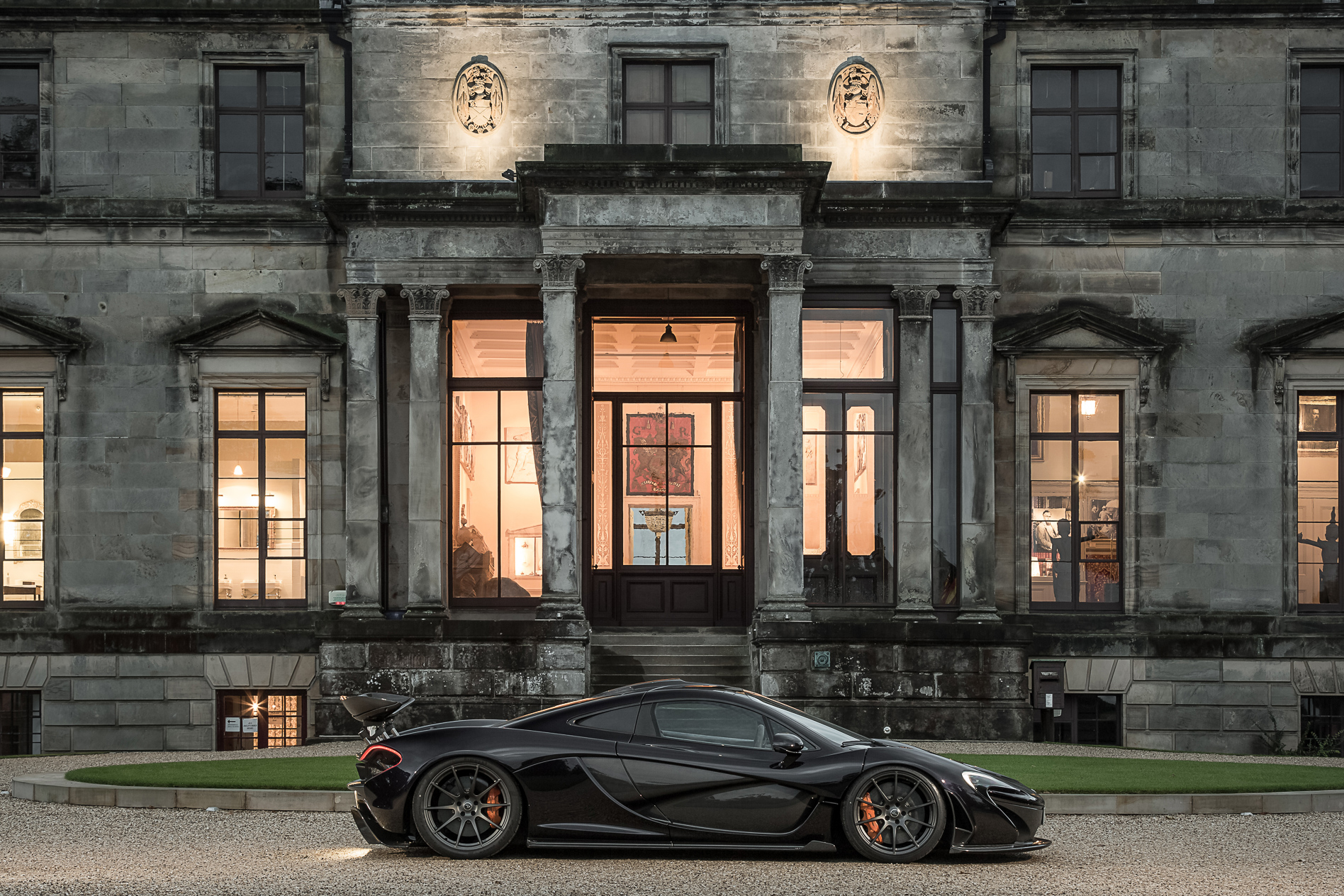
Australia is at the core of it too, for while we might not make cars here anymore, we sure as hell design them. The local design teams at Holden, Toyota and Ford have all grown since the closure of their manufacturing plants, and as you’ll learn on p84, there’s a glut of Aussies in influential design positions around the world.
The real beauty of design, however, is its ability to challenge us. As Ferlazzo says: “If everyone sees a new design and says ‘I love it! I’d buy that’, then you know what? You’re on a loser because their thinking is already five or 10 years old. Our job is to make them think about the future, and they’re not ready for it.


